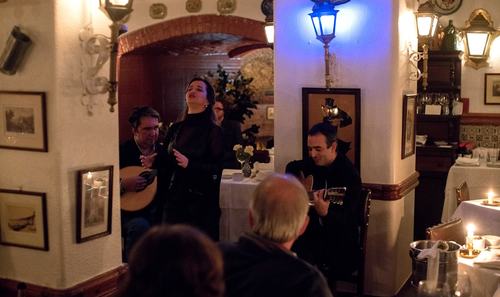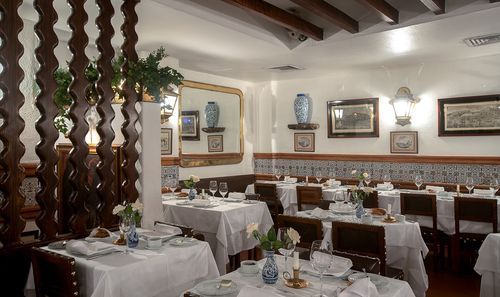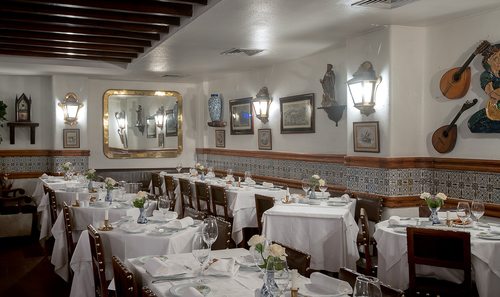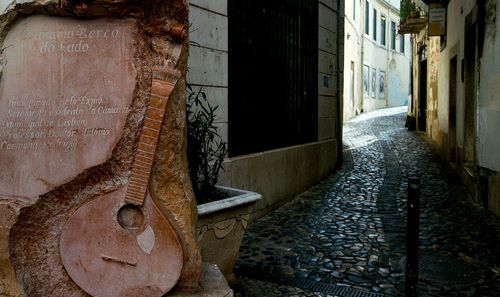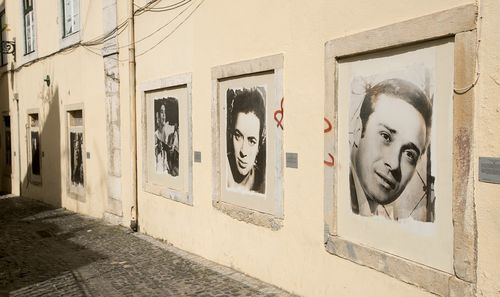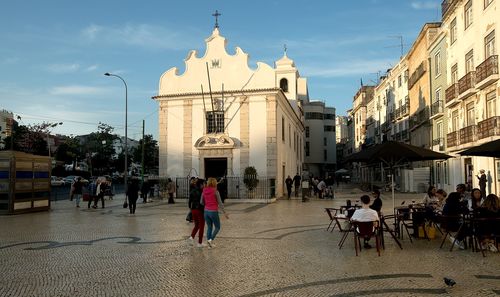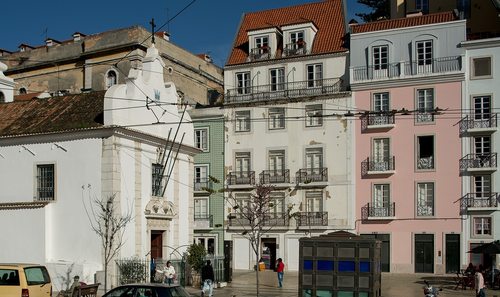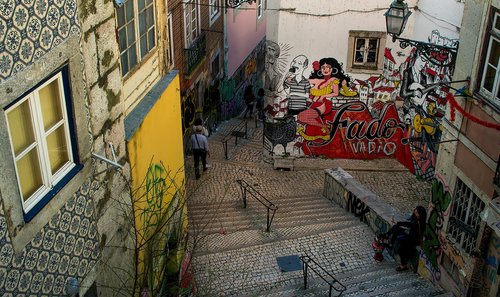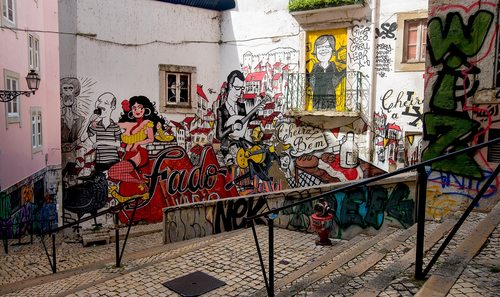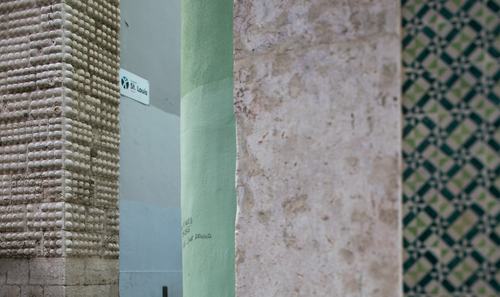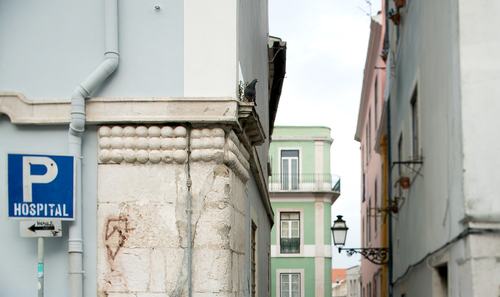Fado Route
Visit typical fado neighbourhoods and discover unforgettable places.
Sr. Vinho
RestaurantSr. Vinho, owned by the fado singer Maria da Fé and the poet José Luís Gordo, is considered one of Lisbon’s best fado houses. This cosy spot, reminiscent of a typical Portuguese home replete with pictures of saints, memories of bygone days and references to fado singers, has been entertaining Lisbon evenings for over 40 years.
Rua do Capelão
Point of InterestA mythical street where Severa, said to be the first ever fado singer and after whom a famous song was named, once lived. If you enter the street from Largo do Martim Moniz, you’ll find a frieze with various famous fado singers on the left. If you keep climbing, you’ll come to Largo da Severa, one of the most authentic places in Mouraria.
Capela da Nossa Senhora da Saúde
MonumentLike any chapel, this one is small, but due to its open location it looks even smaller, contrasting with the size of the buildings in Mouraria, exacerbated by the hills that skirt Largo do Martim Moniz where it stands. The veneration of Nossa Senhora da Saúde (Our Lady of Good Health) is very popular in Lisbon. Every year, in a tradition that has continued since it was built in the 16th century, a procession sets off from this chapel. It is mentioned in the lyrics of some fado songs.
Escadinhas de S. Cristóvão
Point of InterestThere are so many steps don’t even bother to count them. But the going is not too heavy, and half way up you’ll be surprised by the most impressive fado-themed graffiti in Lisbon. Connecting Rua da Madalena to Rua de S. Cristóvão, the steps take you straight to the heart of Mouraria. At the top, you’ll find the church of S. Cristóvão, which deserves a visit.
Palácio do Cunhal das Bolas
MonumentThis renowned Renaissance palace with a sophistication that contrasts with its surroundings has an interesting feature: one of its large cornerstones is covered with big stone balls. It is said that originally they were all covered with gold. The former home of the counts of Ericeira, today it houses the Hospital de S. Luís dos Franceses, where the great Portuguese poet Fernando Pessoa (1935) and the painter Almada Negreiros (1970) both died.

